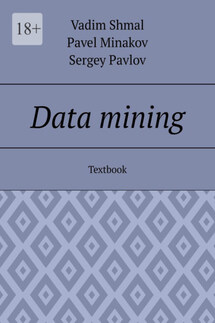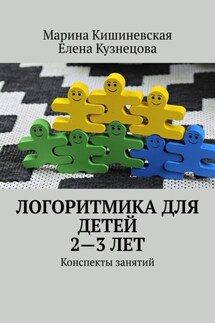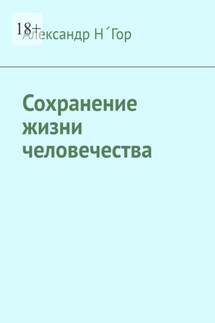Urban and suburban transport intelligent management. Textbook - страница 2
– market of public institutions and state-owned companies (B2G): electric power, housing and communal services, smart city, etc. There is also a so—called cross-industrial segment covering IoT solutions in all areas. [40]
The customer base of communication networks used to be characterized by the number of users, but with the development and increased availability of technologies, most users have several devices, so there is a vector of bias in the evaluation of the customer base by the number of «things» included in the network.
Positive aspects of IoT technology application:
1) The devices in the network are in constant connection with each other, which improves the quality and efficiency of the collected data.
2) The possibility of centralized control of digital information of connected devices and high speed of its output for rapid response is provided.
3) A large amount of data contributes to improving the accuracy of decisions made as a result of their processing, which makes it possible to switch from process modeling to «digital twins» technology.
4) Increasing the speed and quality of managerial decision-making leads to a significant economic effect.
The risks of implementing IoT include:
1) Separate devices are offered on the Russian market,
rather than complex solutions, which does not allow forming a single IoT ecosystem.
2) The complexity of building an IoT is accompanied by a high risk of system error during operation.
3) The scalability of the network of devices transmitting data significantly increases the risk of personal data leakage due to the complexity of monitoring and protecting a distributed network.
4) The introduction of digital systems leads to the automation of technological processes, followed by a reduction in employees and an increase in social tension.
5) The lack of unified connection standards and data transfer protocols, which does not allow combining various wireless networks of objects into a single network. The most common is the MQTT protocol. [40]
The most important differences between the Internet of Things and the existing Internet of people are:
– focus on things, not on the person;
– significantly more connected objects;
– significantly smaller object sizes and low speeds;
– focus on reading data, not on communications;
– the need to form a new infrastructure and new standards.
1.1.2 Internet of Things potential threats
The problem of building IoT in different countries and systems using different protocols may increase in the future when all devices are incompatible and it will not be possible to link them together and collect the necessary data due to the presence of two or more different IoT protocols.
Currently, the most competitive are two approaches to unifying open source platforms to increase the interconnectedness of products and devices – Open Interconnect Consortium (OIC) and AllSeen Alliance.
To understand the necessary technical support for IoT, it is worth considering several factors when approaching IoT security:
– IoT is a developing and rapidly changing area. Adding new features also leads to new vulnerabilities;
– IoT systems include not only sensors, but also software, as well as devices, platforms and infrastructure elements necessary for data transmission over the network, as well as data storage and analysis in the cloud; [30]









